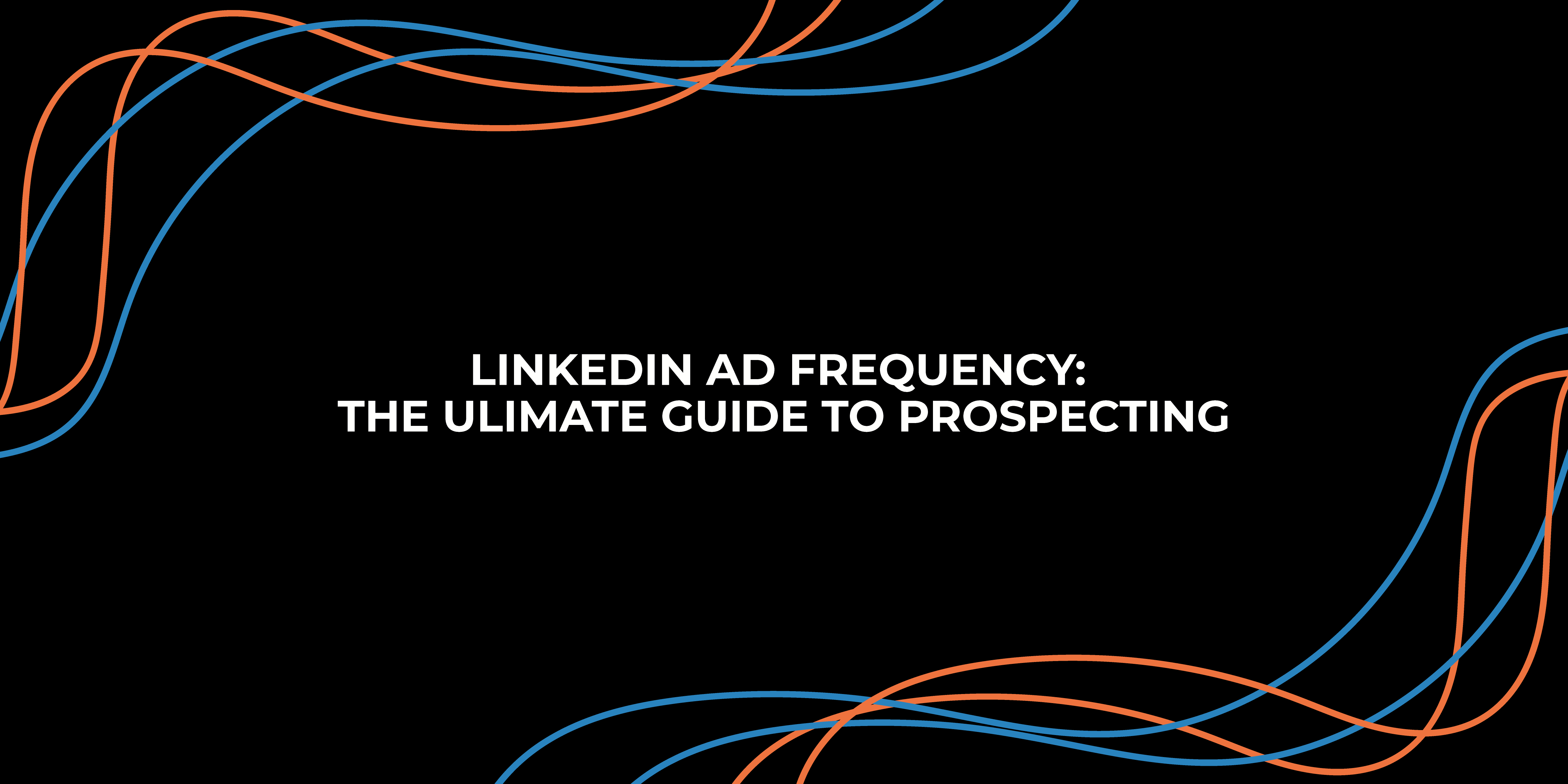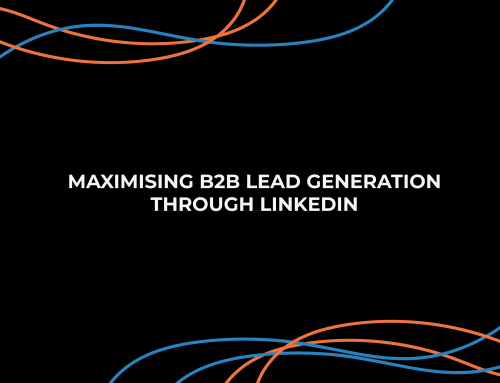Nowadays, everyone is battling information overload. That’s why, it takes a lot for one message to go through, which means businesses want to make a lot of ‘touches’ to obtain a sale. The old rule was that a message had to be heard 5 to 7 times before it could be recalled. Most marketers now feel it takes between 11 and 13 touches for a message to be heard. And this poses a conundrum for marketers: how many touchpoints are too many before prospects begin to feel harassed?
Let’s find out.
What Exactly Is Ad Frequency?
According to LinkedIn, Ad frequency refers to the total number of times your ad creative is seen by a unique user. The metric can be estimated by dividing your total number of ad impressions by your total ad reach. For example, let’s say you ran a LinkedIn ad campaign for 7 days targeting 4000 online users that generated 5000 impressions. In this case, your ad frequency will be 1.25, which means that most unique users saw your ad 1 to 2 times.
Good Ad Frequency: Identifying Your Magic Number
What is the best frequency cap for you? Some argue that seeing an ad three times generates adequate brand memory without causing discomfort. Others say that the “Rule of 7” is the key, implying that customers must view an ad seven times before converting. There are, however, many who believe that even ten times is insufficient. The average number of times you should broadcast an ad varies from 3 to 7. However, we recommend doing your homework and determining your magic number by answering the following questions:
- Is your brand well-known?
The more individuals who are aware of it, the more likely it will need less exposure to elicit a reaction.
- What is your campaign’s goal?
Each objective requires a different frequency. For example, brand awareness initiatives need less exposure than altering customer views.
- What is your target market?
Depending on the circumstances, you may need to run more advertising to outperform the competition. It is also vital to note that the more costly your product, the more time people may require to choose.
- How well do you know your prospective clients?
Different individuals need different methods because what is sufficient for one set of people may be deemed excessive by another.
How Many Touches Does It Take to Close A New Customer?
Here’s what the latest study on the “touches” topic reveals.
According to the RAIN Group and their top performance in sales prospecting study, a first encounter (or another conversion) with a new prospect takes an average of eight touches. However, the first encounter is just the beginning. Take these steps to gain leads:
- Prospect Buyer Journey Mapping
The easiest method to achieve this is to chat with your consumers and learn about their buying journey. How did they track you down? What was their initial impression of your company? It may have been a discussion with one of your customers or a Google search.
When questioning them, inquire about every encounter, even the smallest email or message.
- Enhancing the User Experience
Your effort is just beginning until you have identified every touch point. You must now go back and create and enhance those touch points.
Tip: Be proactive. By giving prospects information you know they’ll want before they ask for it, you may substantially reduce the sales cycle. Before you ask for references, send them a video reference reel. Send case studies to them before they request them. Before they ask for it, provide them with your agreement.
When you sketch out the customer journey, these possibilities to be proactive become clear.
Conclusion
Our advice is to sit down right now and reflect on how often you communicate with a lead who does not arrange an appointment, does not show up for an appointment, or does not buy from you on the first visit. Once you’ve figured that out, start searching for other methods to contact them!
One-touch at a time, building a better brand.




